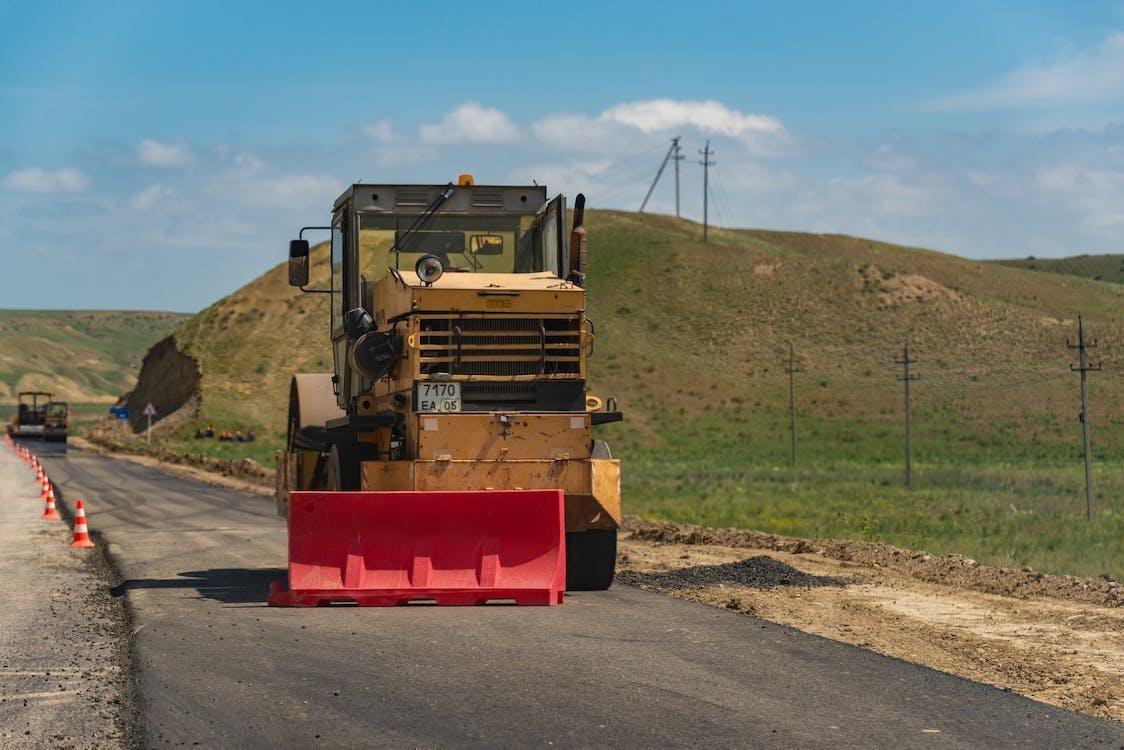Maintenance Tips to Prolong the Effectiveness of the Sealant

Congratulations on completing your DIY sealing projects! Your efforts have resulted in beautifully sealed surfaces that are not only visually appealing but also protected from the elements. To ensure that your hard work stands the test of time, it's important to incorporate effective maintenance practices. Here are some valuable tips to help you maintain the effectiveness of the sealant and keep your surfaces looking their best:
1. Regular Cleaning:
Establish a routine cleaning schedule for the sealed surface. Use gentle, non-abrasive cleaners that are compatible with the sealant type.
2. Avoid Harsh Chemicals:
Refrain from using harsh chemicals or abrasive cleaners that can deteriorate the sealant. Opt for mild, pH-neutral cleaners instead.
3. Prompt Spill Cleanup:
Clean up spills as soon as possible to prevent staining or damage to the sealed surface.
4. Use Coasters and Mats: Place coasters under glasses and mats under hot dishes to prevent direct contact between the surface and potentially damaging substances.
5. Avoid Scratching:
Use soft cloths and gentle scrubbing tools to avoid scratching or damaging the sealed surface.
6. Regular Inspections:
Periodically inspect the sealed surface for any signs of wear, peeling, or deterioration. Address issues promptly to prevent further damage.
7. Reapply as Needed:
Depending on the type of sealant and the level of wear, you may need to reapply the sealant periodically to maintain its protective properties.
8. Protect from UV Rays:
If the sealed surface is exposed to direct sunlight, consider using protective coverings or applying a UV-resistant topcoat to prevent fading and damage.
9. Seasonal Maintenance:
For outdoor surfaces, perform seasonal maintenance, such as clearing leaves, snow, or debris that could potentially affect the sealant.
10. Prevent Moisture Infiltration:
Ensure that areas prone to moisture, such as bathrooms or outdoor patios, are well-ventilated and properly sealed to prevent water infiltration.
11. Address Cracks and Damage:
Promptly repair any cracks, chips, or damage to the sealed surface to prevent further deterioration.
12. Follow Manufacturer Recommendations:
Always follow the manufacturer's guidelines for maintenance and reapplication of the sealant.
13. Seek Professional Help:
If you encounter significant issues or are unsure about maintenance procedures, seek advice from professionals or experts.
Avoiding Common Mistakes in DIY Sealing
As you embark on your DIY sealing projects, it's important to be aware of common mistakes that can compromise the quality and effectiveness of your work. By understanding and avoiding these pitfalls, you can ensure that your sealing efforts yield professional-level results. Here's a rundown of common mistakes and how to steer clear of them:
1. Insufficient Surface Preparation:
Mistake: Rushing or neglecting proper surface cleaning and preparation can lead to poor adhesion and uneven results.
Solution: Thoroughly clean, repair, and prime the surface before applying the sealant. Adequate preparation sets the foundation for a successful outcome.
2. Incorrect Sealant Selection:
Mistake: Choosing the wrong type of sealant for your surface or project needs can result in inadequate protection or undesired outcomes.
Solution: Research and select a sealant that is specifically formulated for the material and purpose. Read manufacturer recommendations and seek advice if uncertain.
3. Overapplying or Underapplying Sealant:
Mistake: Applying too much or too little sealant can lead to uneven finishes, excess buildup, or insufficient protection.
Solution: Follow manufacturer guidelines for proper application and coverage. Apply thin, even coats and avoid overloading the surface.
4. Inadequate Drying and Curing:
Mistake: Not allowing sufficient drying and curing time can weaken the sealant's adhesion and effectiveness.
Solution: Patience is key. Follow manufacturer instructions for recommended drying and curing times. Avoid using or stressing the sealed surface prematurely.
5. Ignoring Safety Precautions:
Mistake: Neglecting safety equipment and precautions can lead to exposure to harmful fumes, skin irritation, or accidents.
Solution: Always wear appropriate safety gear, such as goggles, gloves, and a mask. Work in a well-ventilated area and follow safety guidelines.
6. Neglecting Maintenance:
Mistake: Failing to maintain the sealed surface can lead to wear, stains, and deterioration over time.
Solution: Establish a regular cleaning and maintenance routine. Address spills promptly and perform periodic inspections to identify and address issues.
7. Rushing the Application:
Mistake: Applying sealant hastily can result in uneven coverage, air bubbles, and imperfections. Solution: Take your time and work methodically. Follow proper application techniques and ensure even coverage.
8. Skipping Test Areas:
Mistake: Not testing the sealant in an inconspicuous area before applying it to the entire surface can lead to unexpected reactions or undesirable outcomes.
Solution: Always perform a small test in an inconspicuous area to ensure compatibility and appearance before proceeding.
By being mindful of these common mistakes and proactively avoiding them, you're wellequipped to navigate your DIY sealing projects with confidence. Taking the time to plan, prepare, and execute each step thoughtfully will lead to exceptional results that you can proudly showcase and enjoy for years to come.
